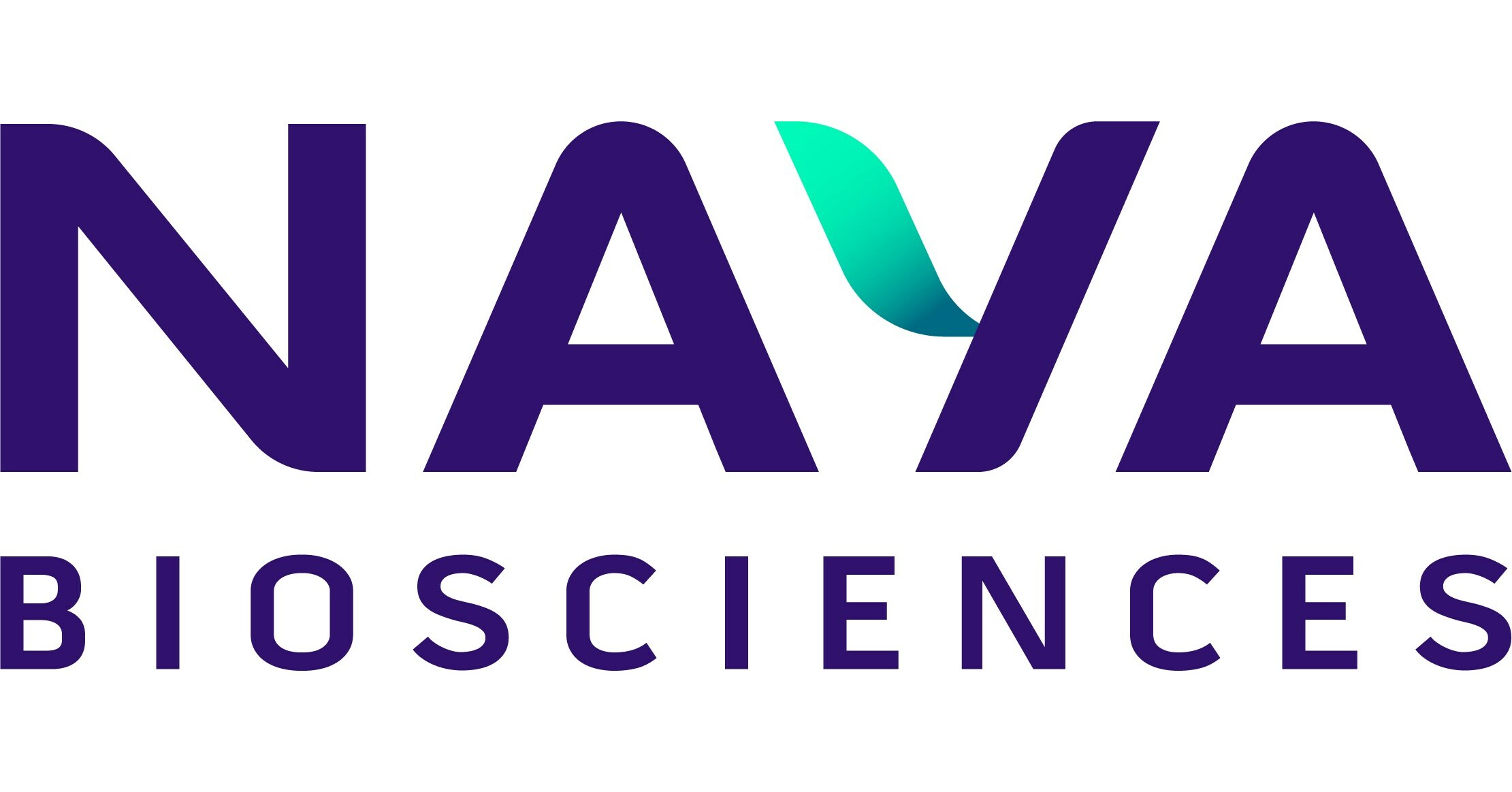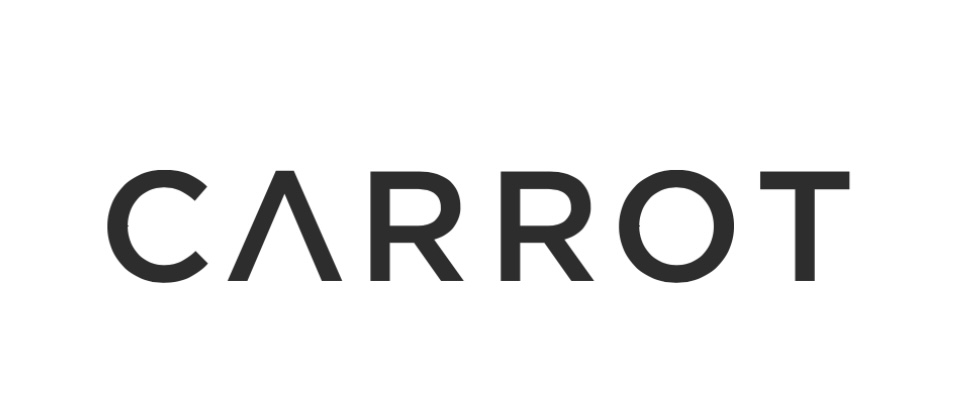Types of Artificial Insemination: A Comprehensive Guide
Artificial insemination (AI) is a widely used assisted reproductive technology that has revolutionized the field of animal breeding. It involves the introduction of sperm into the reproductive tract of a female animal, bypassing natural mating. This technique has proven to be highly effective in improving reproductive outcomes and genetic progress. In this article, we will explore the different types of artificial insemination and their applications in various species.
1. Intracervical Insemination (ICI)
Intracervical insemination is the simplest and most common form of artificial insemination. It involves depositing semen into the cervix of the female animal. ICI is commonly used in cattle, horses, and swine. The semen is collected from a male animal, processed, and then inserted into the cervix using a catheter. This method is relatively easy to perform and requires minimal equipment.
2. Intrauterine Insemination (IUI)
Intrauterine insemination is a more advanced technique that involves depositing semen directly into the uterus of the female animal. This method allows for a higher concentration of sperm to reach the site of fertilization, increasing the chances of successful conception. IUI is commonly used in humans, as well as in dogs and cats. It requires specialized equipment and trained personnel to perform the procedure.
3. Transcervical Insemination (TCI)
Transcervical insemination is a technique that involves passing a catheter through the cervix and depositing semen directly into the uterus of the female animal. This method allows for a more precise placement of the semen, increasing the chances of fertilization. TCI is commonly used in small ruminants, such as sheep and goats. It requires specialized equipment and expertise to perform.
4. Laparoscopic Insemination
Laparoscopic insemination is a minimally invasive technique that involves the insertion of a laparoscope into the abdomen of the female animal. This allows for direct visualization of the reproductive organs and precise placement of the semen into the fallopian tubes. Laparoscopic insemination is commonly used in horses, as well as in some exotic species. It requires specialized equipment and trained personnel to perform the procedure.
5. In Vitro Fertilization (IVF)
In vitro fertilization is a highly advanced technique that involves fertilizing the female’s eggs with sperm outside the body, in a laboratory setting. Once fertilization occurs, the embryos are transferred back into the female’s uterus for implantation and gestation. IVF is commonly used in humans and some domestic animal species, such as dogs and cats. It requires specialized equipment and expertise to perform.
6. Intracytoplasmic Sperm Injection (ICSI)
Intracytoplasmic sperm injection is a technique used in conjunction with IVF. It involves injecting a single sperm directly into the cytoplasm of an egg using a microneedle. This method is particularly useful in cases where the male has a low sperm count or poor sperm motility. ICSI is commonly used in humans and some animal species. It requires specialized equipment and trained personnel to perform.
Artificial insemination is a powerful tool in the field of animal breeding, offering numerous benefits such as increased genetic progress and improved reproductive outcomes. The different types of artificial insemination techniques discussed in this article cater to the specific needs of various animal species. Whether it’s intracervical insemination, intrauterine insemination, transcervical insemination, laparoscopic insemination, in vitro fertilization, or intracytoplasmic sperm injection, each technique plays a crucial role in advancing the field of assisted reproductive technologies. By understanding these different techniques, breeders and researchers can make informed decisions and contribute to the improvement of animal genetics and reproductive efficiency.











